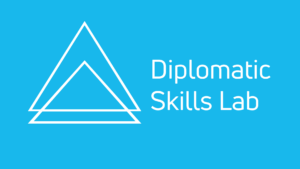Getting the measure of new leadership in Brussels
Over half of the MEPs elected to the European Parliament in June 2024 were new to the job. And a new College of Commissioners approved by the European Parliament in November 2024 brought in some familiar faces but many new ones too. New Commissioners in turn appointed fresh faces to their Cabinets drawn not just from the institutions but also from national administrations.
As the EU embarks on a new mandate at the start of a new year with a more than usually challenging set of both internal and external issues to confront, the change of personnel has still fully to bed down. Roles and portfolios have yet to be finally settled. And it’s not just a matter of job holders and job descriptions. Working practices and styles will also evolve.
One newcomer who has already hit the ground running is EU High Representative and Commission Vice President Kaja Kallas. No stranger to the Brussels scene, the former MEP and former European Council member and Estonian Prime Minister has shown she means to be different to her predecessor.
She surprised staff in the European External Action Service by moving swiftly to put her stamp on the leadership of the EEAS with some bold staff changes at the top. The straight-talking Estonian also showed she meant business by not mincing her words in her official statements on foreign policy developments around the world. The EU’s common and foreign security policy is reached by consensus among the 27 member states. But Kallas wants to shoot from the hip, and quickly. She’s clearly not inclined to wait for instructions before she says what she thinks. By repute, Estonians never use two words when one will do. Kallas is just one example of how Brussels conventions will be turned on their head by the arrival of new actors. The Brussels bubble may resist at first, but it will quickly learn that it must adapt to new working methods and styles.

 January 1, 2025
January 1, 2025